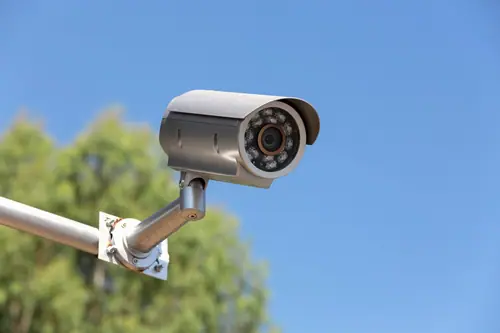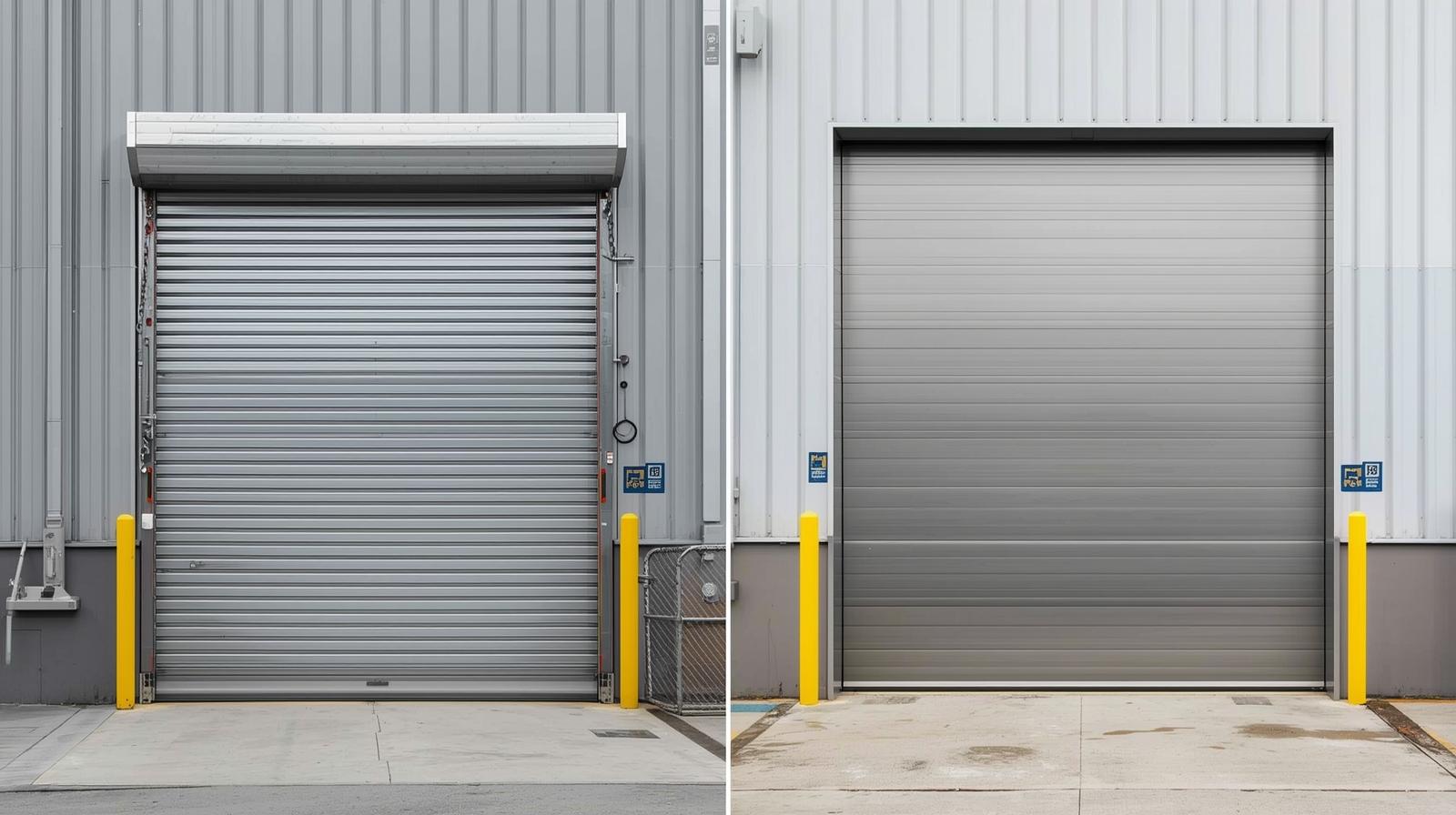In an era where security is a growing concern for both homeowners and business owners, investing in a reliable security camera system is more crucial than ever. Whether you’re looking to protect your family, secure valuable assets, or monitor a commercial property, understanding security camera costs and how to budget for the best system is essential. With a vast array of options on the market, from basic DIY setups to high-end professional monitoring solutions, making an informed choice can be overwhelming. This guide will help break down security camera costs and provide budgeting insights to ensure you get the best value for your investment.
Understanding Security Camera Costs
The cost of a security camera system depends on several factors, including camera type, resolution, installation complexity, storage options, and additional features such as night vision and AI-powered analytics. Below, we outline the primary cost components to consider.
1. Types of Security Cameras and Their Costs
Security cameras come in various styles, each catering to specific needs. Here’s a breakdown of common types and their associated costs:
- Wired Security Cameras ($100 – $500 per camera): Known for their reliability, wired security cameras require professional installation but offer a stable connection with high-quality footage.
- Wireless Security Cameras ($50 – $300 per camera): Easier to install and more flexible, wireless cameras connect via Wi-Fi, though they may suffer from connectivity issues.
- IP Cameras ($50 – $600 per camera): Internet Protocol (IP) cameras provide high-resolution footage and remote access, making them a popular choice for modern security systems.
- Dome Cameras ($100 – $400 per camera): Commonly used in commercial settings, these cameras offer a wider field of view and discreet surveillance.
- PTZ (Pan-Tilt-Zoom) Cameras ($200 – $2,000 per camera): These cameras allow users to zoom in, tilt, and pan for enhanced coverage, making them ideal for large areas.
- Doorbell Cameras ($50 – $250 per camera): A popular option for home security, doorbell cameras provide video and audio communication with visitors.
2. Installation Costs
Installation costs vary based on the complexity of the system and whether professional installation is required.
- DIY Installation ($0 – $200): Many wireless cameras offer plug-and-play setups, saving on installation costs.
- Professional Installation ($100 – $1,000+): Wired systems and advanced security setups may require professional installation, increasing upfront expenses but ensuring reliability.
3. Storage and Cloud Costs
Storage options play a significant role in ongoing security camera costs.
- Local Storage (DVR/NVR Systems) ($100 – $500): Digital Video Recorders (DVR) and Network Video Recorders (NVR) store footage on hard drives, avoiding monthly fees.
- Cloud Storage ($3 – $30 per month per camera): Many modern cameras offer cloud storage for remote access, but subscription fees can add up over time.
4. Monitoring Costs
Some security systems offer professional monitoring, where a service provider watches your feeds and responds to incidents.
- Self-Monitoring (Free – $10/month): Users receive alerts and access footage through apps.
- Professional Monitoring ($20 – $60/month): A security company monitors your system and responds to threats, often integrating emergency response services.
Budgeting for Your Security Camera System
Now that we understand security camera costs, how do you budget for the best system? Here are some essential considerations:
1. Define Your Security Needs
Before making any purchases, assess your security requirements:
- How many cameras do you need?
- Do you require indoor, outdoor, or both types of cameras?
- Is remote access and cloud storage a priority?
- Do you want professional monitoring, or will self-monitoring suffice?
2. Balance Cost and Quality
While it may be tempting to opt for the cheapest option, investing in a reputable brand with high-quality features ensures long-term reliability. Consider factors like:
- Resolution: A 1080p camera is a good baseline, while 4K provides superior clarity.
- Night Vision: Essential for low-light environments.
- Motion Detection & AI: Advanced cameras offer facial recognition and suspicious activity alerts.
3. Factor in Long-Term Costs
Many buyers focus on upfront costs without considering ongoing expenses. Cloud storage fees, software updates, and maintenance should be included in your budget.
4. Look for Bundles and Deals
Many companies offer package deals that include multiple cameras, storage, and monitoring services at a discounted rate. Compare brands and seek seasonal discounts to maximize savings.
Final Thoughts
Understanding security camera costs is essential for making an informed decision that balances price, features, and reliability. Whether you’re looking for an affordable DIY system or a high-end professional solution, planning ahead and budgeting wisely will help you get the most out of your investment. By considering both upfront and long-term expenses, you can choose a security camera system that meets your needs without breaking the bank.




